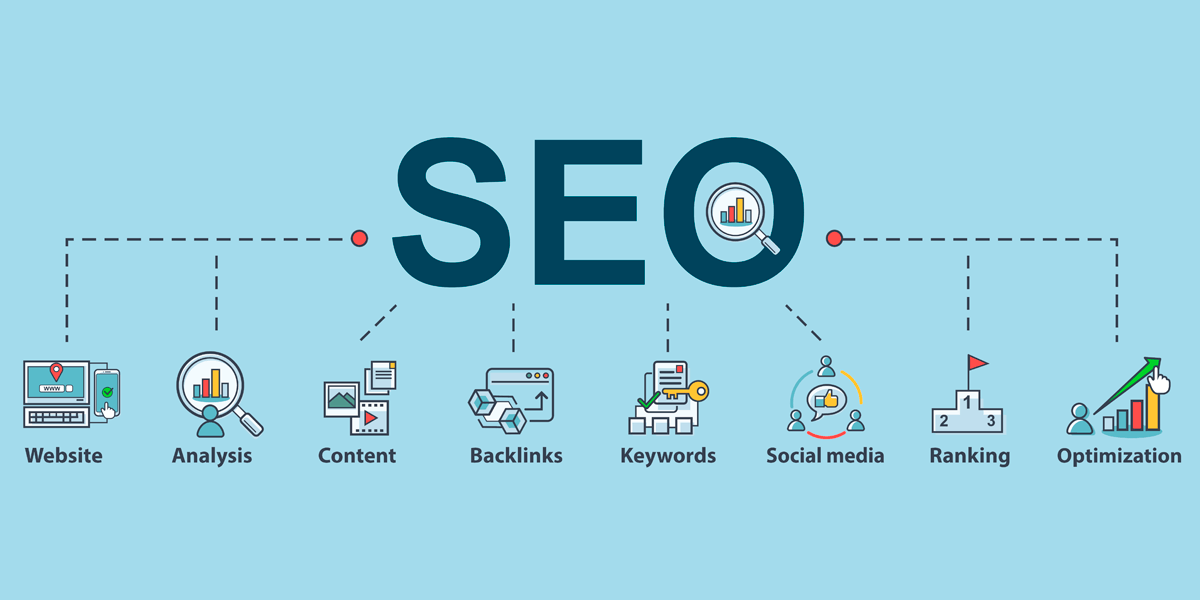Essential Details on What Is Not Considered a Default Medium in Google Analytics
Essential Details on What Is Not Considered a Default Medium in Google Analytics
Blog Article
Introducing the Unconventional Mediums in Google Analytics Beyond Default Settings
In the realm of electronic analytics, Google Analytics stands as a foundation for services looking for to recognize their on-line existence. While default setups use beneficial insights, real depth of understanding lies in checking out the unconventional tools that often go unnoticed. By venturing past the surface and diving right into the details of social media sites data, e-mail campaign performance, referral traffic resources, straight web traffic patterns, and custom-made channel groups, a treasure chest of information waits for those ready to welcome a much more nuanced approach. However, what exists under these unconventional mediums may just redefine how services regard and plan their on the internet campaigns.

Leveraging Social Media Site Insights
Occasionally neglected, yet immensely important, is the method of leveraging social media sites insights within the realm of Google Analytics. By integrating information from platforms like Facebook, Twitter, Instagram, and LinkedIn right into Google Analytics, companies can gain a much deeper understanding of their audience and the efficiency of their social media sites projects.
With this combination, online marketers can track and assess customer habits on their internet site that originates from social media sites systems. They can identify which social networks networks are driving the most traffic, which web content is resonating with the target market, and which campaigns are converting one of the most leads. This understanding permits data-driven decisions to enhance social media approaches and boost overall marketing efficiency.
In addition, by integrating social media insights with Google Analytics, businesses can develop much more targeted and individualized projects - what is not considered a default medium in google analytics. They can use demographic info, interests, and on-line actions gathered from social media sites to fine-tune their target market segmentation and supply customized messages that reverberate with details consumer teams. This targeted technique can cause higher involvement, boosted conversions, and eventually, improved return on financial investment
Revealing Email Project Efficiency
Revealing Email Project Performance entails analyzing vital metrics and performance indicators to evaluate the efficiency of e-mail marketing initiatives. When delving into e-mail project performance, it is vital to analyze metrics such as open rates, click-through rates, conversion prices, and unsubscribe rates. By evaluating these metrics, marketing professionals can tweak their e-mail campaigns for much better involvement and performance.
Analyzing Referral Website Traffic Resources
After evaluating the performance of e-mail projects via essential metrics such as open rates and conversion prices, the following crucial step is evaluating reference web traffic resources in Google Analytics to recognize where website visitors are coming from and just how they communicate with the website. Referral website traffic resources refer to the sites that direct customers to your site with clickable web links. By delving into this data, companies can gain insights into which external platforms are driving web traffic to their site, whether it be social networks systems, partner websites, or online directory sites.
Examining reference traffic can provide useful information on the performance of external advertising and marketing initiatives and partnerships. It helps services determine high-performing reference sources that contribute significantly to internet site traffic and conversions. Additionally, by understanding the behavior of visitors coming from different referral sources, organizations can customize their advertising and marketing approaches to enhance engagement and conversions. Google Analytics supplies thorough reports on referral website traffic, enabling companies to track the efficiency of each recommendation source accurately and make data-driven choices to boost their online visibility.
Discovering Direct Traffic Patterns
Checking out the direct web traffic patterns in Google Analytics gives beneficial understandings right into user behavior and the effectiveness of campaigns - what is not considered a default medium in google analytics. Straight web traffic refers to site visitors that arrive at an internet site by straight inputting the URL right into their web browser, utilizing bookmarks, or clicking on untagged links. Understanding direct website traffic patterns can aid marketers review the impact of offline advertising and marketing efforts, brand name acknowledgment, and the performance of word-of-mouth recommendations
By diving go to the website into direct traffic information, services can discover crucial information concerning individual intent and brand commitment. Examining the behavior of direct site visitors, such as the web pages they see, the moment spent on site, and the conversion rate, can offer a much deeper understanding of customer interaction and the overall effectiveness of the website in converting visitors into consumers.
In addition, tracking straight web traffic patterns over time permits companies to identify fads, seasonality results, and the success of particular projects or promos in driving direct brows through. This details can after that be made use of to fine-tune advertising techniques, enhance site material, and boost the overall user experience to make best use of conversions.
Utilizing Personalized Channel Groupings
Utilizing custom network groupings in Google Analytics permits businesses to categorize and examine their web site web traffic based on specific standards, providing valuable understandings for maximizing advertising and marketing approaches. Custom-made channel groups make it possible for business to develop their own personalized collections of website traffic resources, such as social networks, organic search, email campaigns, and reference traffic. By defining these groups, companies can gain a deeper understanding of how different marketing channels add to their internet site web traffic and conversions.
This attribute is specifically helpful for companies with diverse advertising and marketing strategies across different platforms. As an example, a company running both paid and organic social media campaigns can differentiate in between both to evaluate their individual performance properly. In addition, customized network collections can assist recognize any kind of neglected or taken too lightly web traffic resources that might be driving useful involvement.
Conclusion

By venturing beyond the surface and delving right into the intricacies of social media information, e-mail project efficiency, recommendation traffic resources, direct website traffic patterns, and customized channel groups, a prize trove of details waits for those eager to accept a much more nuanced strategy. They can recognize which social media channels are driving the most traffic, which content is resonating with the target market, and which campaigns are converting the most leads.After assessing the efficiency of e-mail campaigns through crucial metrics such as open prices and conversion prices, the following critical action is analyzing referral web traffic resources in Google Analytics to understand where web site site visitors are coming from and exactly how they interact with the website. Custom-made channel groups make it possible for firms to produce their own tailored groupings of website traffic sources, such as social media, organic search, e-mail campaigns, and referral web traffic. By leveraging social media understandings, discovering email project performance, evaluating referral website traffic sources, exploring direct imp source website traffic patterns, and using custom network collections, marketing experts can get valuable understandings into their online presence.
Report this page